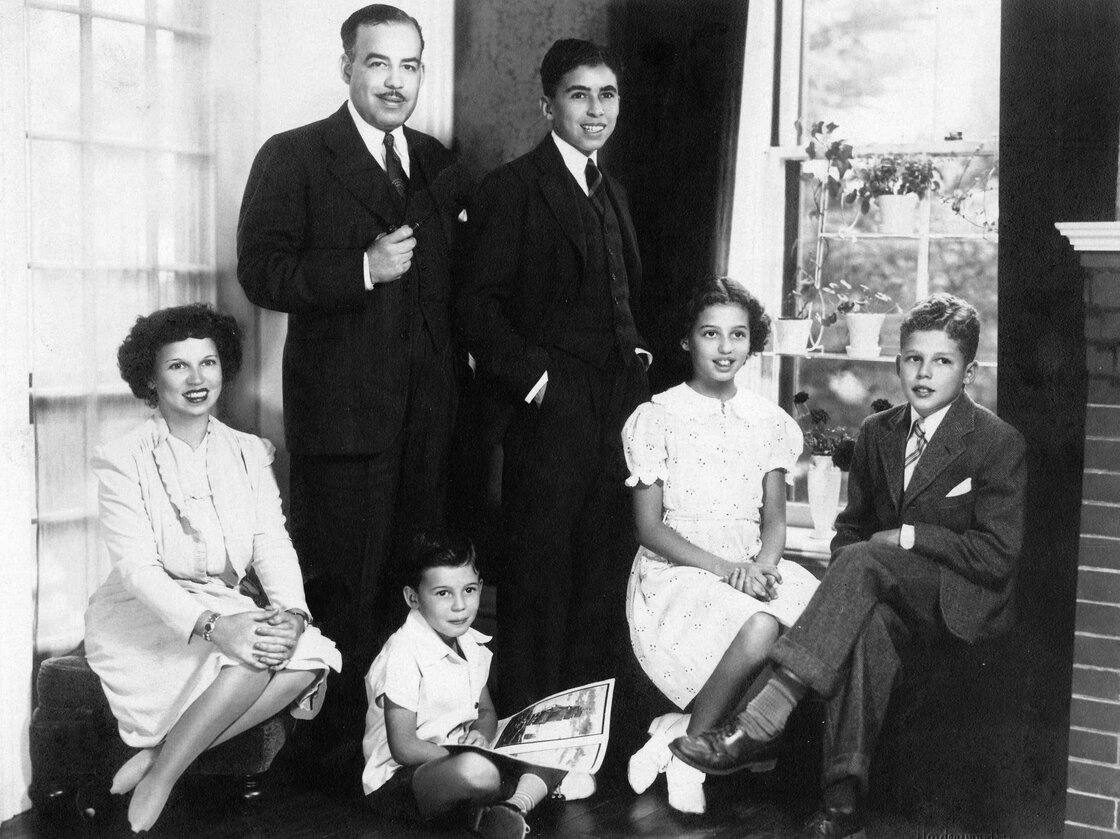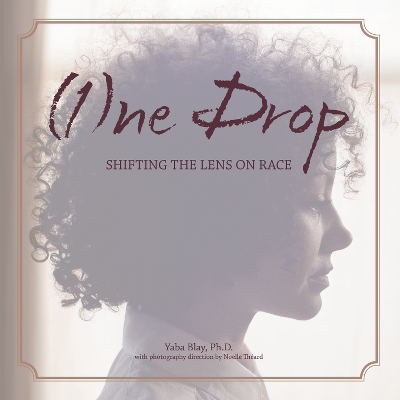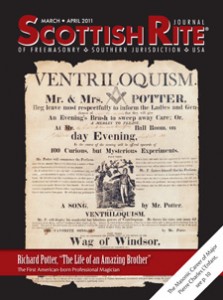Iowa memorial for six brothers who died as Union soldiersPosted in Articles, History, Media Archive, United States on 2014-10-13 23:07Z by Steven |
Iowa memorial for six brothers who died as Union soldiers
The Washington Post
2014-05-07
Linda Wheeler
A site was approved Tuesday for a memorial to honor six brothers of an African American farm family of Toolesboro, Iowa, who died as Union soldiers during the Civil War.
The Louisa County Board of Supervisors choose a site near the tiny crossroads community where the brothers were raised in southeast Iowa on the Illinois border.
In 1840, James and Martha Littleton moved from Maryland, via Ohio, to Iowa where they raised their nine children including three girls. In the1860 census, the family is identified as mulatto, a term used during that time period to mean they were of mixed race. Research determined Martha was white and her husband, James, was mulatto.
The men served in white military units, volunteering between 1861 and 1862. By 1864, all had died—some in battle and others from disease– and were buried far from home…
Read the entire article here.


